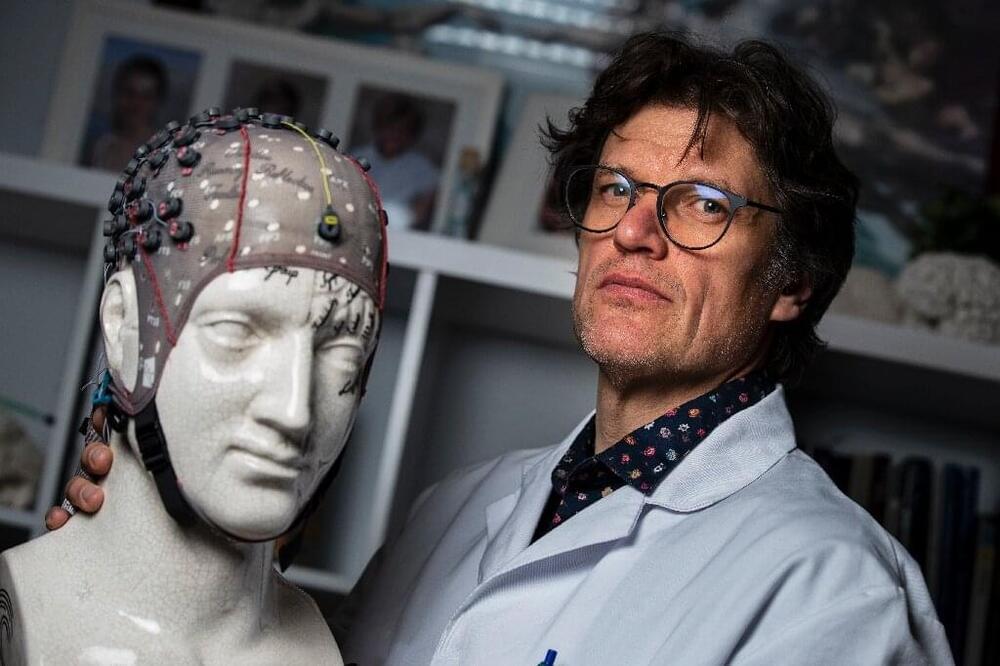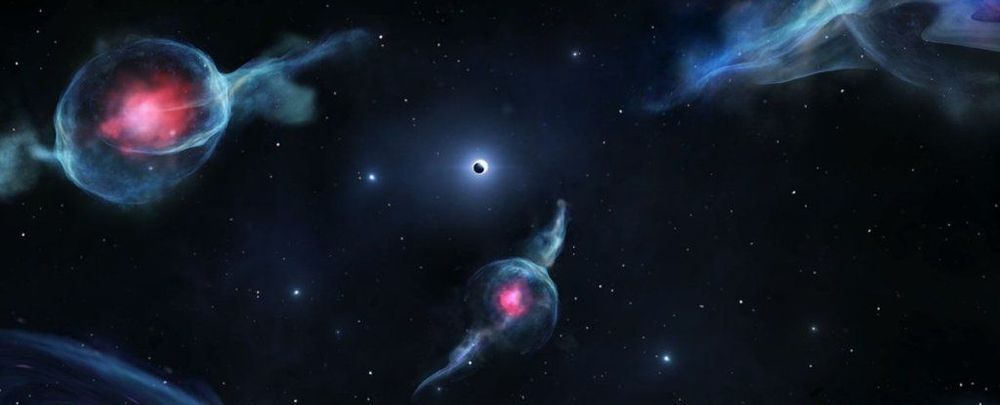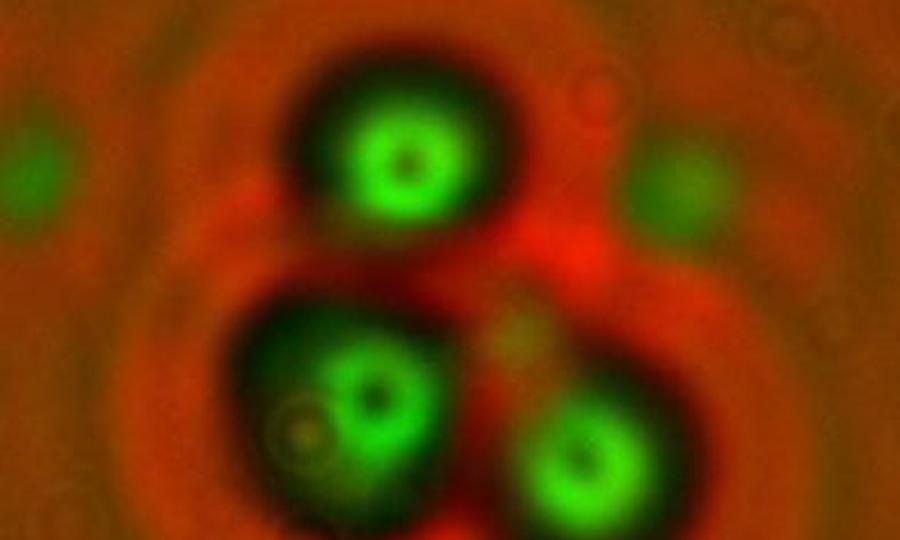Page 8023
Jan 17, 2020
Google’s Sycamore beats top supercomputer to achieve ‘quantum supremacy’
Posted by Shane Hinshaw in categories: quantum physics, supercomputing
Jan 17, 2020
Damon’s Hypersport AI Boosts Motorcycle Safety
Posted by Omuterema Akhahenda in categories: robotics/AI, transportation

For all its pure-electric acceleration and range and its ability to shapeshift, the Hypersport motorcycle shown off last week at CES by Vancouver, Canada-based Damon Motorcycles matters for just one thing: It’s the first chopper swathed in active safety systems.
Continue reading “Damon’s Hypersport AI Boosts Motorcycle Safety” »
Jan 17, 2020
Microsoft’s AI bot XiaoIce to create 999 virtual women
Posted by Saúl Morales Rodriguéz in category: robotics/AI
After Samsung’s artificial humans, Microsoft is experimenting with customized social bots as emotional companions.
Jan 17, 2020
Avoiding ageing’s 4 deadly killers — Cardiovascular Disease (Part 1)
Posted by Dr Nick Engerer in category: aging
If you’re like me — you’re excited about the imminent increases to our healthspan that longevity technologies will soon offer us. However, if you want to stick around long enough to take advantage of all of the soon-to-be available lifespan and healthspan boosting technologies, you need to make sure you don’t die in the process!
How will you die? The four deadly killers
Ever since science effectively cured infectious disease through antibiotics, vaccinations and the like, there has been a distinct shift in what kills humans to the four deadly killers, which are considered ‘age related diseases’. These are — cardiovascular disease, neurodegenerative disease, metabolic disease and cancer. If you manage to escape the most likely causes of death as a young person, which are largely accidental accidental death (mostly car accidents), homicide or mental illness related (suicide) — then it is most likely that one of those four deadly killers will end your life.
But here’s the good news — there’s a growing body of immediately actionable longevity technologies that you can engage with to offset your risk of dying of these diseases. In a series of posts on the topic, I’m going to cover a few key resources at your disposal for minimising your risk for each of these four categories. First-up, cardiovascular disease.
Continue reading “Avoiding ageing’s 4 deadly killers — Cardiovascular Disease (Part 1)” »
Tags: aging, anti-aging, Antiaging., biohacking, health, healthspan, inflammaging, longevity
Jan 17, 2020
Belgian brain doctor awarded for easing coma survivors’ return
Posted by Paul Battista in categories: biotech/medical, neuroscience
Not all patients who fall into a coma return, and when they do it can mark a moment of joy for their loved ones—but their troubles are rarely over.
Often, brain damage leaves them paralysed or unable to communicate.
Belgian neurologist Steven Laureys has dedicated himself to the question of how to improve the lives of the formerly comatose, and of their families.
Jan 17, 2020
Cows talk to each about how they feel, study finds
Posted by Quinn Sena in category: futurism
Jan 17, 2020
Strange Objects Found at The Galactic Centre Are Like Nothing Else in The Milky Way
Posted by Quinn Sena in category: cosmology
There’s something really weird in the centre of the Milky Way.
The vicinity of a supermassive black hole is a pretty weird place to start with, but astronomers have found six objects orbiting Sagittarius A that are unlike anything in the galaxy. They are so peculiar that they have been assigned a brand-new class — what astronomers are calling G objects.
The original two objects — named G1 and G2 — first caught the eye of astronomers nearly two decades ago, with their orbits and odd natures gradually pieced together over subsequent years. They seemed to be giant gas clouds 100 astronomical units across, stretching out longer when they got close to the black hole, with gas and dust emission spectra.
Jan 17, 2020
Cold fusion: A potential energy gamechanger
Posted by Quinn Sena in categories: energy, humor
Think it’s a failure, a joke? Think again. Big investors are positioning themselves, Japan & US in the lead.
Jan 17, 2020
Massive asteroid ‘could be dangerous to life on Earth’ if it breaks up
Posted by Quinn Sena in category: space
A massive mile-long double asteroid linked to a one-inch meteor that streaked a fireball over Japan three years ago could threaten humanity in millions of years if it eventually breaks up, scientists wrote in a report published Monday.
“The potential breakup of the rock could be dangerous to life on Earth,” Toshihiro Kasuga, a visiting scientist at the National Astronomical Observatory of Japan and Kyoto Sangyo University, said in a release Wednesday, according to CNET. “Those resulting asteroids could hit the Earth in the next 10 million years or so.”
The findings were first reported in The Astronomical Journal Monday.
















